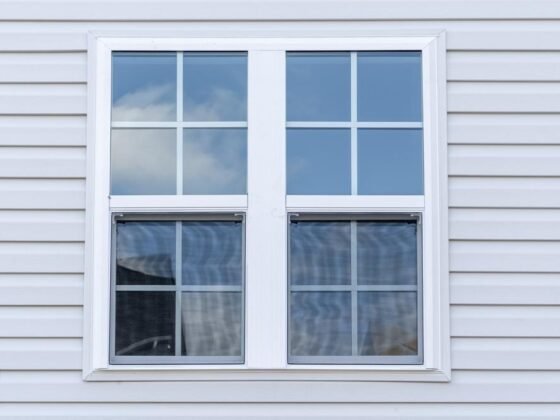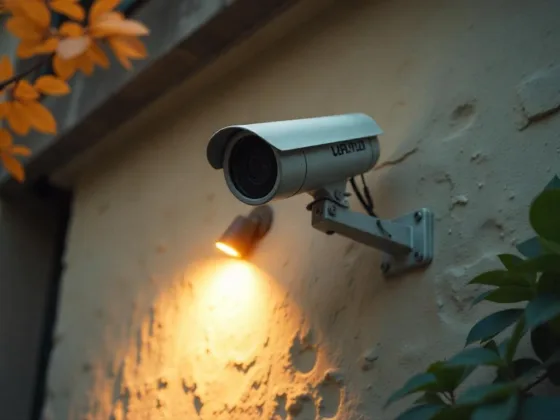Table of Contents Show
Retail lease negotiation is a delicate dance. On one side, you have landlords who need to keep their tenants happy to keep their business afloat year after year; on the other side, you have a retail tenant who needs to get the best deal possible.

This guide will help you understand the ins and outs of lease negotiation so that when it comes time to sit down at the negotiating table, you will know exactly what to say!
Location Is Key
Location is key. The location of your retail space can make or break your business, so it’s essential to evaluate the area before signing on the dotted line. You can easily find retail space for lease in Tempe.
When choosing a location for your business, consider how far away you want it to be from other businesses and how much traffic there will be in that area.
If there are already several restaurants near where you plan on opening a shop, then maybe another type of store would be better suited for that area.
Think About Supply and Demand
Consider the demand for your location. If there’s high demand and little supply, you’ll have more leverage in negotiations because the landlord wants to fill up his or her space.
Take note of what similar properties are renting for in your area. This will give you a good idea of what a fair price would be and whether or not it’s worth asking for something lower than what they’re currently charging at other locations nearby yours.
Consider how much money landlords will lose if no one moves into their building due to high prices (or if someone does move in but doesn’t pay rent).
If they’re losing money every month, then maybe they’ll be willing to come down on their asking price so that they can fill up their building–and make some profit!
Don’t Be Greedy
As a retailer, you are leasing the space from the landlord. You are not buying it. You will not be able to sell the building later for more than what you paid in your lease agreement.
So when negotiating a lease, do not try to make too much money off of it. Instead, focus on getting the best terms possible while still being profitable enough to sustain your business.
Determine Fair Market Value
It’s crucial to be aware of your business’s fair market value. You can either conduct research online or hire a professional appraiser to obtain this information.
You can use this information to negotiate the lease agreement with the landlord by showing that your business is worth more than what they are asking for in rent.
This is an excellent strategy if you want reduced rent or other concessions from the landlord. If you are not sure what the fair market value of your business is, do some research.
Check out other businesses in similar locations and see how much rent they are paying. This can give you an idea of what the landlord might consider offering for rent.
Negotiate For a Longer Lease Term
When negotiating a lease, you want to get as long a term as possible. The longer the lease term, the more valuable the property is and, thus, the more valuable for your business.
A longer lease term also means that tenants will be less likely to leave early because there are fewer options elsewhere in town, and it will be harder for them to find another space at similar rates (especially if they’ve already spent money on improvements).
Finally, when negotiating with commercial landlords who own multiple properties or portfolios of properties, they’ll often give discounts based on how much rent they collect from their other stores/properties in each market area or city region where they have locations open up near yours if yours closes down due to poor sales performance.
Include Restrictions on The Landlord’s Ability to Raise the Rent in Future Years
The landlord may attempt to negotiate a rent increase cap, which limits how much the rent can increase each year. You can also negotiate a rent increase floor, an absolute minimum amount by which your monthly payment will increase yearly.
Finally, you can ask for a rent step that allows you more flexibility in your monthly payment in future years but keeps it at least as high as it was when you first moved into the space.
This might be useful to maintain stability while allowing room for growth or decline based on other factors like sales volume and expenses.









